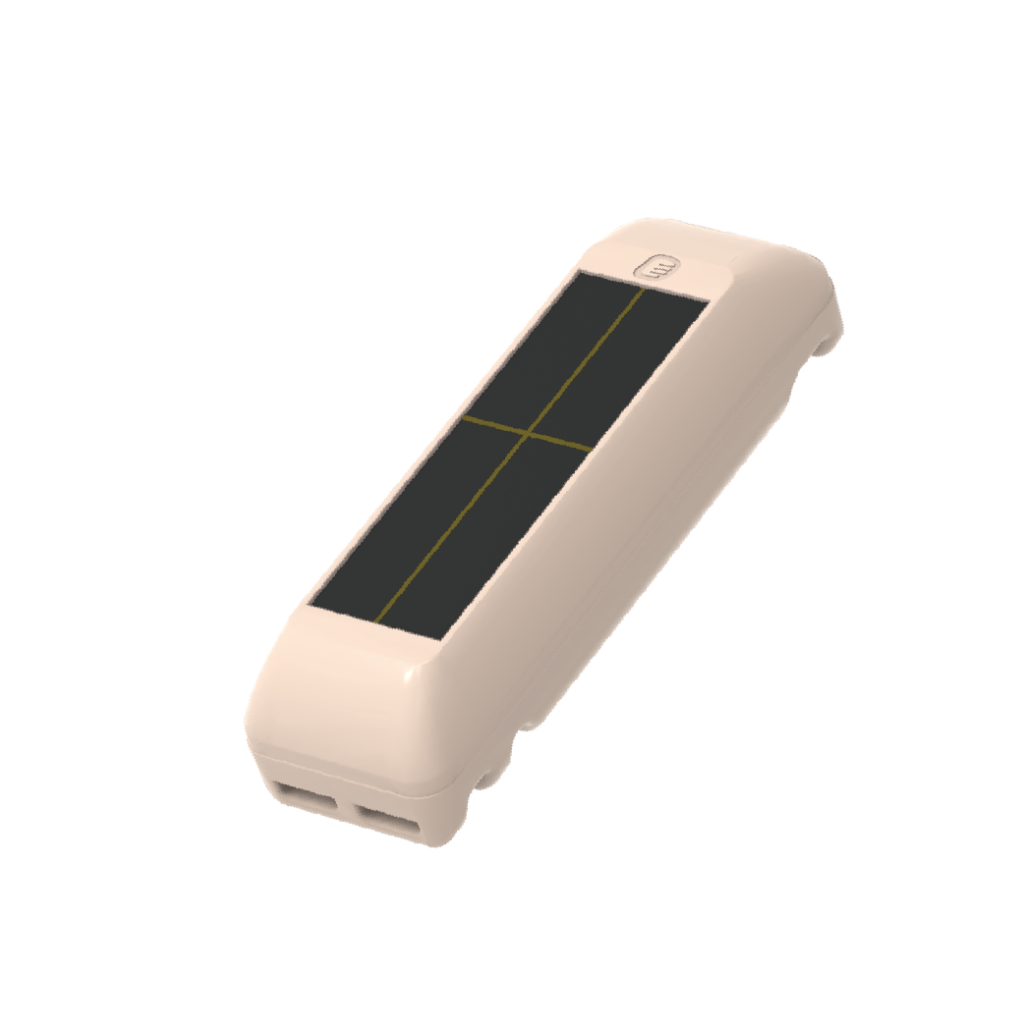Related Products

Marine litter can affect the survival of the breeding population in seabird colonies. In this study, five 5 m × 5 m quadrats were installed at a Black-tailed gull (Larus crassirostris) breeding colony on Nan Island to collect marine litter and regurgitated pellets, from which the types, sizes, and quantities of marine litter were identified. Global positioning system (GPS) devices were attached to five adult gulls to investigate their major foraging habitats during the breeding period. Eighty-two pieces of marine litter were found, of which 74.4 % were related to fishing; all pellets contained fishing-related marine litter. Over half of the foraging habitats included fishing areas (ports and fish farms). This study is the first to quantitatively demonstrate the exposure of breeding colonies of Black-tailed gulls, the most dominant Korean seabird, to marine litter pollution during the breeding period; the birds forage predominantly in fishing areas close to their breeding colonies during this period.

